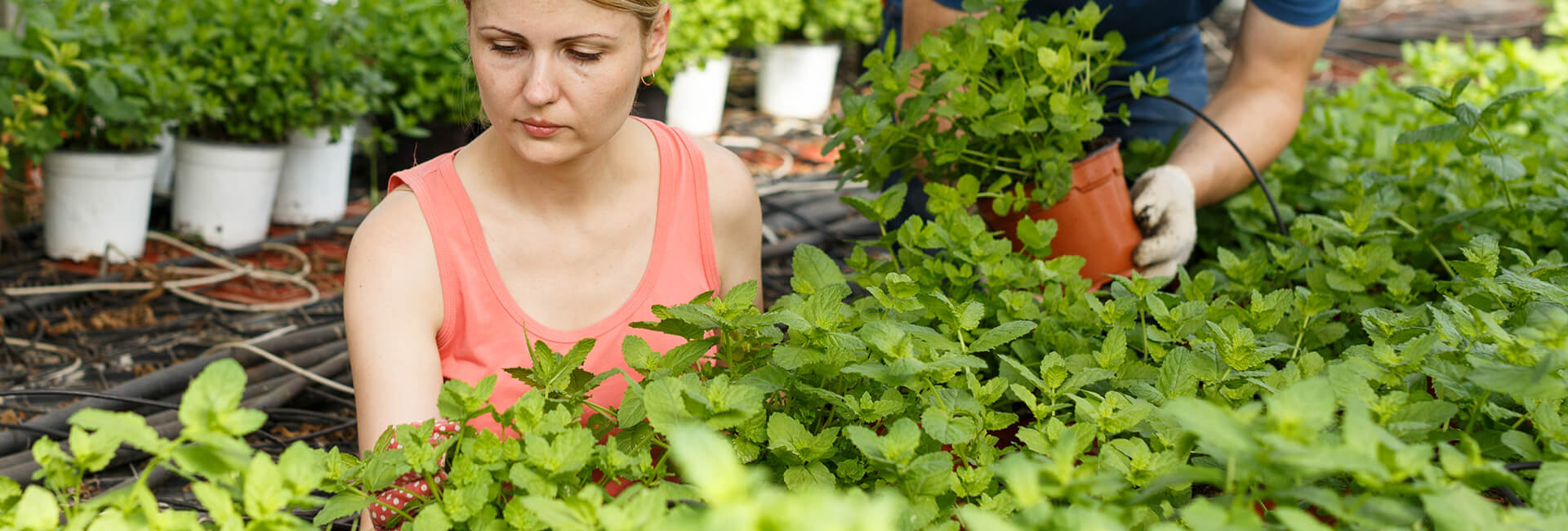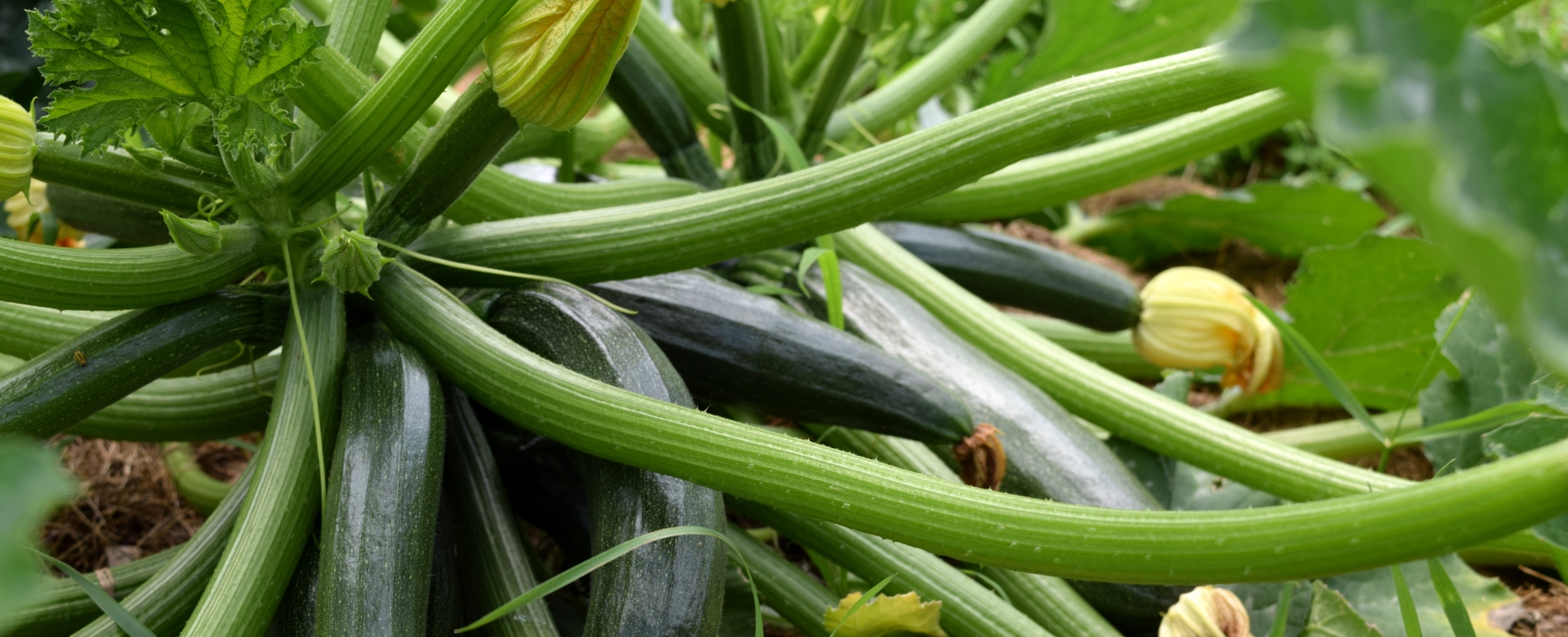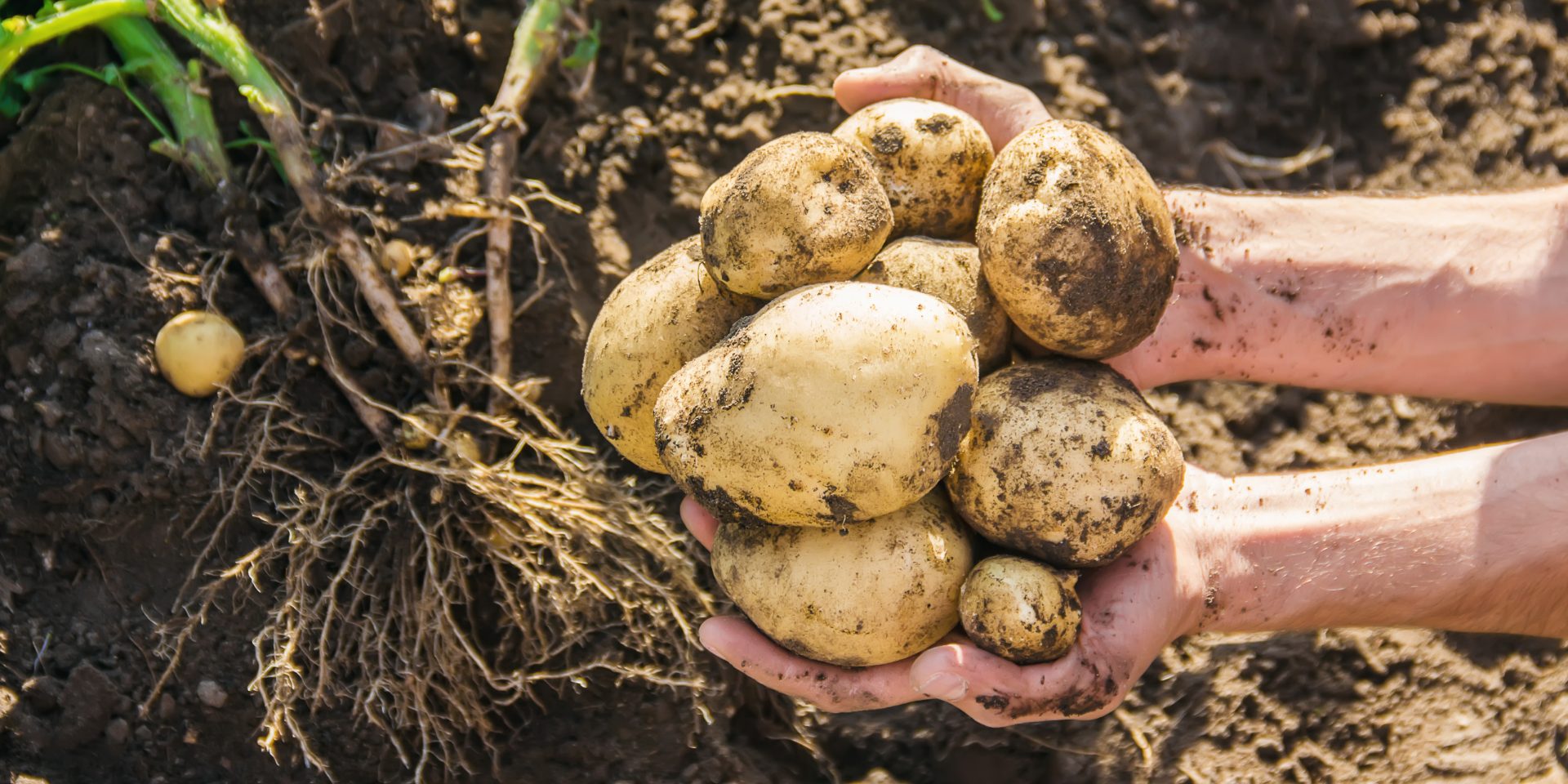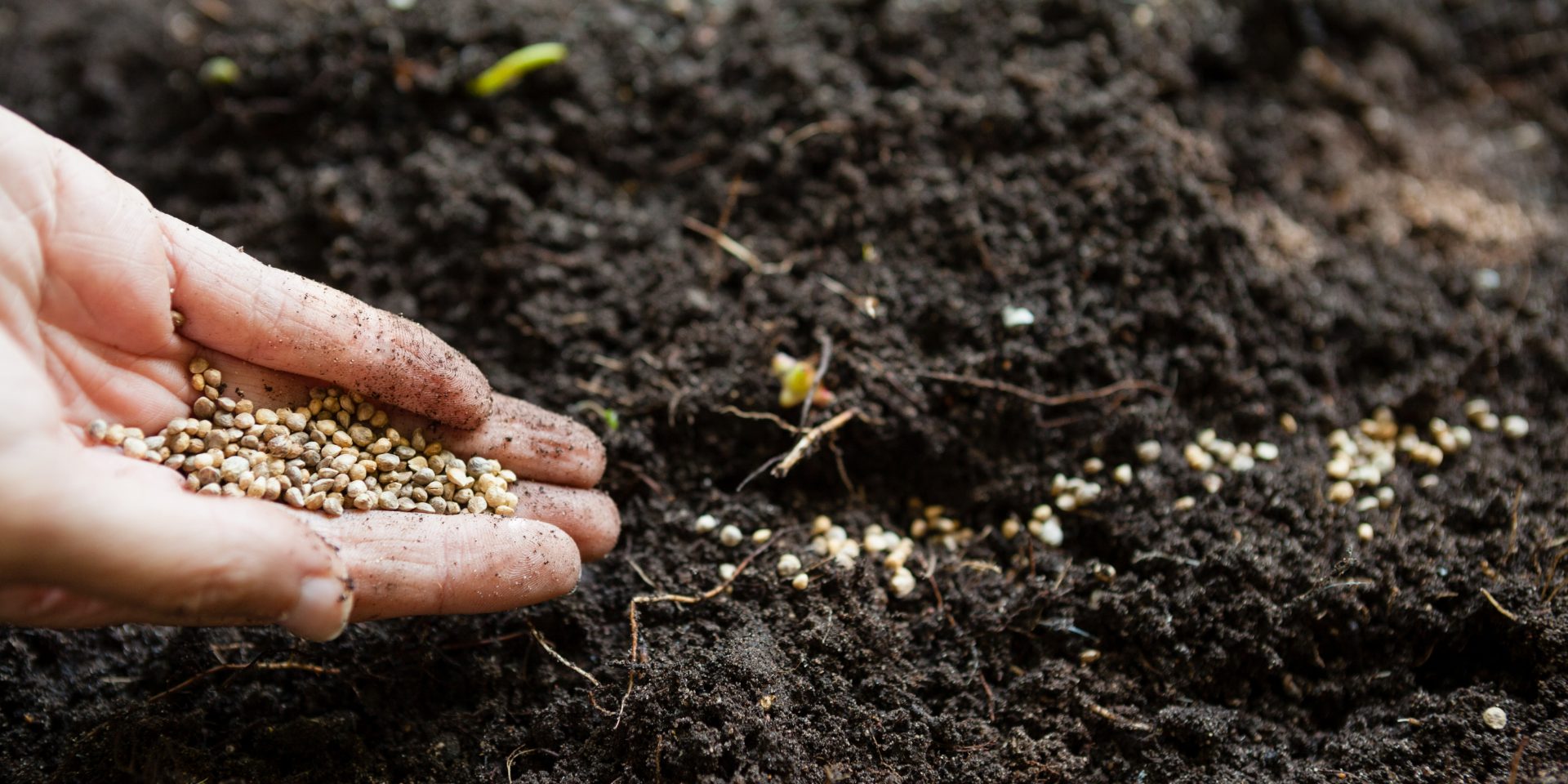Selecting the ideal garden style can be an overwhelming task for beginner gardeners, given the vast array of options available in corner landscaping ideas. Our comprehensive guide aims to simplify the process and ensure that you make an informed decision based on your preferences and requirements.
Despite the numerous options available, garden styles can be broadly categorized into a few main groups:
- Naturalistic Gardens
- Cottage Gardens
- Traditional Gardens
- Modern/Contemporary Gardens
You might be interested in the following sub-styles, along with information on how to achieve them:
- Woodland Gardens
- Coastal Gardens
- Gravel/Rock Gardens
With just a few major styles, selecting the garden style that’s best for your garden sanctuary becomes much less overwhelming. Once you understand the basic concepts, you can combine, contrast, and modify components from each style to produce a layout that suits your unique style.
Naturalistic Garden Style (New Perennial)
The choice of native plants in a naturalistic style, also known as a natural or new perennial style, will depend on your location. It has additional ecological benefits in addition to the beauty and tranquility of a carefully planned garden. Of all the various styles, it also requires the least amount of maintenance.
Supporting wildlife and promoting biodiversity are the main goals of this type of garden style. Selecting local plants from the area is how this is accomplished. While still exhibiting thoughtful design, the plantings are done in such a way that they appear to have grown naturally. The plants are the main attraction of a naturalistic garden, thus the hardscaping materials are rustic and complement the surrounding landscape.
Naturalistic Garden Elements
- Wildflowers, rustic materials, and biodiversity
- Plants arranged randomly and naturally worn pathways
- Materials that are natural and rustic and fit in
- The broadest plant and color palette of all the garden styles
- Native plants; focus on ecological value and wildlife
- Emphasis on plant structure and benefits over color
Cottage Garden Style
The relaxed and occasionally untamed offspring of the traditional style are cottage gardens. Plants frequently spill over paths and lawns in cottage gardens, softening the edges. Your personal preferences for plants, flowers, edibles, herbs, scents, and colors must be reflected in this garden.
Cottage Garden Elements
- Personal discoveries, rustic materials, and overflowing beds
- Drifts of plants and curved, winding pathways
- A greater variety of plants and colors than traditional or modern garden styles
- Plants that overflow into paths and cover walls
- Terracotta pots, picket fencing, arbors, and flea market discoveries
Traditional Garden Style
The classic (or formal) style blends beautifully with colonial, Italian, and French-inspired architecture thanks to its emphasis on symmetry and balance. Traditional gardens typically have a very formal garden with prominent architectural elements, expansive areas of immaculately manicured grass, rows of well-kept hedges, framed views of stone fountains, and neatly edged walkways. Traditional styles typically lack color and are dominated by green lawn areas that are balanced by green trees and green shrubs. You might come upon a traditional garden that is all white or has one accent color.
Traditional Garden Elements
- Clean, formal, and romantic
- Symmetry in plants and pathways
- Trees and hedges with geometric shapes and straight lines
- Limited color palette and plant palette
- Hedges or plants that are primarily green and a well-kept, green lawn
- Décor made of ceramic, stone, and metal
Modern/Contemporary Garden Style
The perfectly symmetrical geometric designs of classic gardens are replaced in modern and contemporary design by asymmetrical, occasionally interlocking, lawn and patio shapes.
Modern/Contemporary Garden Style Elements
- Asymmetry, repetition, and clean lines
- Straight or curved walkways and repetitive walkways
- Structural plants as clear focal points
- The smallest plant and color palette of all the garden styles
- Large emphasis on outdoor living and living
- Features with water and slick, polished materials
Modern vs. Contemporary Style
Modern design is more frequently associated with commercial areas, while contemporary style is more frequently associated with homes.
A clean-lined, hard-edged, and minimalist style, modern design is distinguished by a significant use of metal, concrete, and pale or monochromatic color palettes. Instead of nature, the function of the materials is emphasized.
Modern design gave rise to contemporary design, which is a softer, more natural style. The outdoor area, which places a strong emphasis on entertainment and relaxation, is the center of this garden style. Curves, wooden accents, and splashes of vibrant flowers and decorations are encouraged.
Woodland Garden Style
In contrast to other styles, woodland gardens demand a certain level of shade tolerance from the plants. Aim for a mix of interesting textures, forms, and colors rather than planting in straight lines or formal designs.
You can create a woodland garden next to a wooded area on your property if the conditions are suitable. To raise the canopy and allow for some dappled light, trim a few of the trees’ lower branches. Make room for a path that leads to a rustic bench where you can rest and avoid the summer heat. Any natural material, such as natural mulch, gravel, stepping stones, or a boardwalk made of pallet wood, works well as a path.
Coastal Garden Style
Numerous plants can thrive in a woodland garden’s shade. Woodland plants normally need a moderate quantity of moisture and very nutrient-rich soil. A woodland garden is an excellent place to use small shrubs and trees, groundcovers, mosses, and other perennials that enjoy shade. Try contrasting feathery plants, like ferns, with plants that have huge, broad leaves, like hostas, for impact.
Strong (and perhaps eccentric) themes are frequently included in the decor of coastal gardens. Many feature nautical themes, including rope, buoys, and anchors. Also common are lobster traps, flamingo statues, and egret/seagull decorations. This is a fantastic way to get creative with your décor and have fun.
Consider robust native plants that can withstand wind and salt air when selecting plants for a coastal garden design at home. The northeastern part of the United States is a good place to grow perennials that like the sun, such as sedums, Shasta daisies, salvias, coreopsis, and dianthus. Palm trees always give off a coastal/beach vibe, if your climate permits.
Gravel/Rock Garden Style
A garden that is surrounded by larger rocks, stones, or boulders is called a rock garden. To give the landscape a natural appearance, plants are positioned in the spaces between the stones. This would be a logical choice if your environment already features huge stones. Digging holes and burying pieces of the boulders will make them appear to have always been there if you are moving the stones into the vegetable garden.
If you reside in an area with poor soil and/or little water, creating gravel is an excellent alternative. Alpine plants are a great option for this. Because of this, gravel gardens are also sometimes referred to as alpine gardens.
Alpine plants are those that flourish above the tree line at high elevations. These plants can thrive in rocky soil with little to no human intervention since they are extremely hardy and resilient. In rock gardens, saxifrages like rockfoils, coral bells, bergenia plants, and foamflowers will flourish. You can also include alpine stonecrop (sedum) and blue gentians. Even rose, iris, and primrose varieties are available that can thrive in these conditions.
Conclusion
You gained a great deal of knowledge about many garden design styles, including traditional, modern, and contemporary. You can mix and match these garden designs to create a custom aesthetic, but make sure you do it with intention. The boundaries between each style are frequently muddled because everyone has their own definition of what it includes. Understanding the underlying components, distinguishing characteristics, and typical plants for each style can provide you with the ideas and information you need to build a garden that is as unique as you are.
At Homegrown Outlet, we provide you with an extensive range of products to help you achieve your ideal garden style, creating an inviting outdoor space that reflects your unique style and personality. Let us help you turn your dream garden into a reality!




